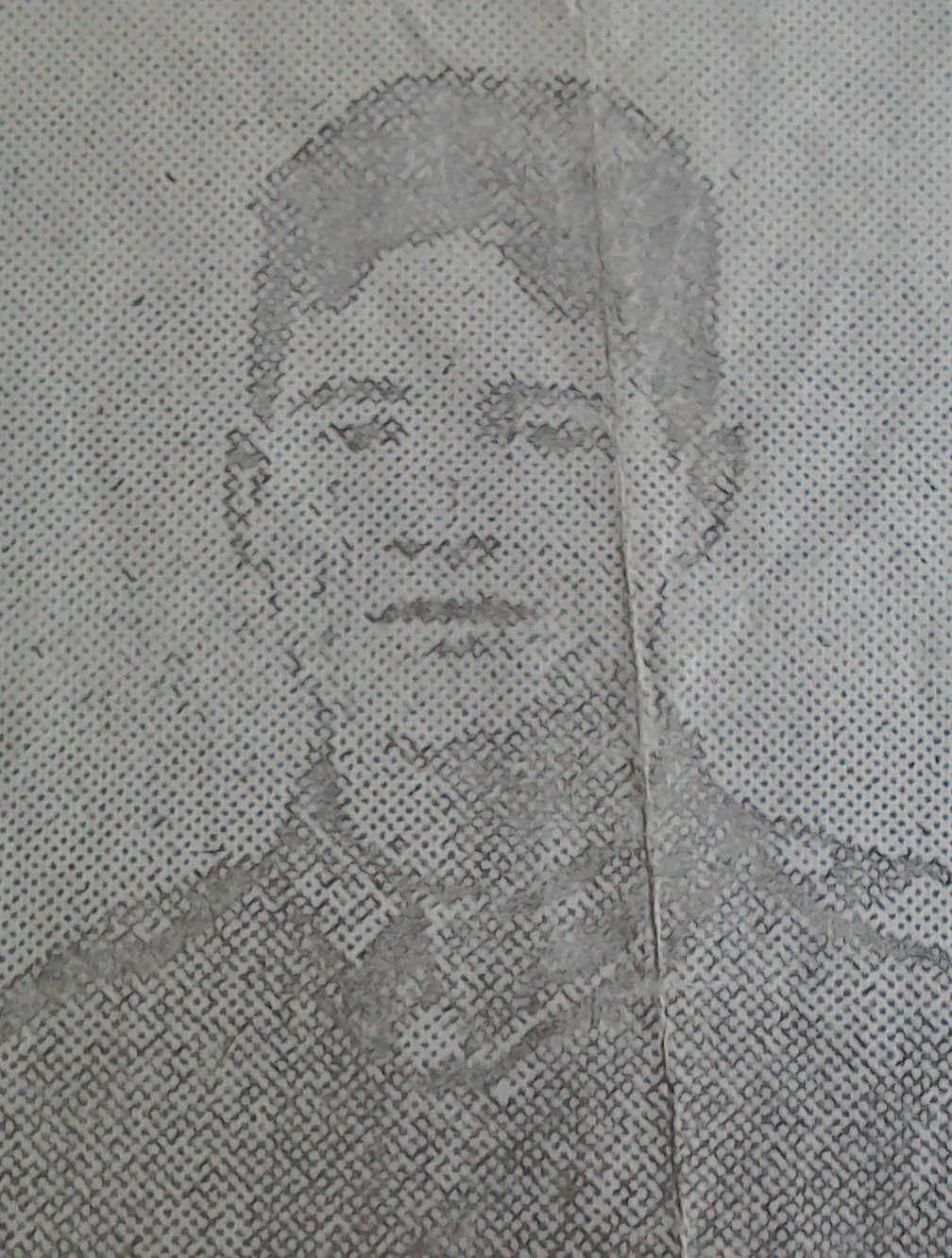Pte
William Henry Corrigan
Informationen zu Geburt
|
Geburtsjahr: 1898 |
|
Geburtsort: Shankill, Belfast, County Antrim, Irland, Vereinigtes Königreich |
Allgemeine Informationen
|
Letzter bekannter Wohnsitz: 63 Canmore Street, Woodvale, Belfast, Antrim, Irland, Vereinigtes Königreich |
|
Beruf: Spule Arbeiter |
|
Religion: Methodist |
Informationen zum Armeedienst
|
Land: Irland, Vereinigtes Königreich |
|
Truppe: British Expeditionary Force |
|
Rang: Private |
|
Dienstnummer: 26306 |
|
Einberufung ort: Belfast, Antrim, Irland, Vereinigtes Königreich |
|
Einheiten: — Royal Inniskilling Fusiliers, 7th Bn. (Letzte bekannte Einheit) |
Informationen zu Tod
|
Sterbedatum: 16/08/1917 |
|
Sterbeort: Delva Farm, Zonnebeke, Belgien |
|
Todesursache: Im Kampf gefallen |
|
Alter: 19 |
Gedenkstätte
|
Tyne Cot Memorial Tafel: 70 |
Auszeichnungen und Orden 2
|
British War Medal Medaille — 30/09/1920 |
|
Victory Medal Medaille — 30/09/1920 |
Punkte von Interesse 4
| #1 | Geburtsort | ||
| #2 | Letzter bekannter Wohnort | ||
| #3 | Einberufung ort | ||
| #4 | Ort des Todes (ungefähr) |
Meine Geschichte
William Henry Corrigan wurde 1898 in Shankill, einem Bezirk in Belfast, Nordirland, geboren. Er war der Sohn von Mary Ann Shane und der Stiefsohn von John Shane. Laut der Volkszählung von 1911 arbeitete William als Teilzeit-Doffer, das heißt, er teilte seine Zeit zwischen der Arbeit in der Textilindustrie und einer Ausbildung auf. Er meldete sich in Belfast und diente zur Zeit der Schlacht von Passchendaele bei den Royal Inskilling Fusiliers, 7. Bataillon, Teil der 49. Brigade der 16.
Vom 16. bis 18. August 1917 war das 7. Bataillon an der Schlacht von Langemarck beteiligt, dem zweiten großen Gefecht zwischen deutschen und britischen Truppen in der Dritten Schlacht von Ypern. Am Morgen des 16. August 1917 griff die 49. Brigade vom Frezenbergkamm aus an, mit dem 7. Bataillon links und dem 8. Den Bataillonen gelang es, Beck House eine Stunde nach Beginn der Kämpfe zu sichern und sie hatten nur minimale Verluste erlitten, da sie dem deutschen Beschuss entkommen waren. Während sich das 8. Bataillon in Richtung Borry Farm wandte, setzte das 7. Inniskillings-Bataillon seinen Weg zum Stützpunkt Delva Farm fort. Williams Bataillon übernahm die Kontrolle über die Stellung, aber ein deutscher Gegenangriff flankierte das 7. Bataillon und zwang es zum Rückzug von Delva Farm, wobei es Tote und Schwerverwundete zurückließ.
Der 19-jährige Private William Corrigan war einer von 368 Gefallenen des 7th Battalion Inniskilling Fusiliers am 16. August 1917. Er wurde während der Kämpfe vermisst. William hat kein bekanntes Grab und ist auf dem Tyne Cot Memorial verewigt.
Vom 16. bis 18. August 1917 war das 7. Bataillon an der Schlacht von Langemarck beteiligt, dem zweiten großen Gefecht zwischen deutschen und britischen Truppen in der Dritten Schlacht von Ypern. Am Morgen des 16. August 1917 griff die 49. Brigade vom Frezenbergkamm aus an, mit dem 7. Bataillon links und dem 8. Den Bataillonen gelang es, Beck House eine Stunde nach Beginn der Kämpfe zu sichern und sie hatten nur minimale Verluste erlitten, da sie dem deutschen Beschuss entkommen waren. Während sich das 8. Bataillon in Richtung Borry Farm wandte, setzte das 7. Inniskillings-Bataillon seinen Weg zum Stützpunkt Delva Farm fort. Williams Bataillon übernahm die Kontrolle über die Stellung, aber ein deutscher Gegenangriff flankierte das 7. Bataillon und zwang es zum Rückzug von Delva Farm, wobei es Tote und Schwerverwundete zurückließ.
Der 19-jährige Private William Corrigan war einer von 368 Gefallenen des 7th Battalion Inniskilling Fusiliers am 16. August 1917. Er wurde während der Kämpfe vermisst. William hat kein bekanntes Grab und ist auf dem Tyne Cot Memorial verewigt.
Quellen 6
|
7 Royal Inniskilling Fusiliers (The National Archives, Kew (TNA), British Army war diaries 1914-1922, WO WO 95/1977/2). https://www.nationalarchives.gov.uk/ Weitere Quellen |
|
British Army World War I Medal Rolls Index Cards, 1914-1920 (The National Archives, Kew (TNA), WO 372/5/32186). https://www.nationalarchives.gov.uk/ Verwendete Quellen |
|
Census of Ireland 1901/1911 (The National Archives of Ireland, Dublin (NAI)). https://www.nationalarchives.ie/ Verwendete Quellen |
|
Fox Frank, The Royal Inniskilling Fusiliers in the World War , ( London, Constable&Company Ltd., 1928), 99-102. Verwendete Quellen |
|
McCarthy, Chris. Passchendaele: the Day-by-Day Account. (Londen: Unicorn Publishing Group, 2018), 52-53. Verwendete Quellen |
|
Soldier' Effects Records (National Army Museum, Chelsea (NAM) 1901-60; NAM Accession Number: 1991-02-333). https://www.nam.ac.uk/ Verwendete Quellen |
Weitere Informationen 3
|
Commonwealth War Graves Commission Database https://www.cwgc.org/find-records/find-war-dead/casualty-details/841412 |
|
Lives of the First World War (Imperial War Museum) https://livesofthefirstworldwar.iwm.org.uk/lifestory/966999 |
|
Namenlijst (In Flanders Fields Museum) https://namenlijst.org/publicsearch/#/person/_id=e223ace3-8445-4998-9d7b-96f135fc944b |
